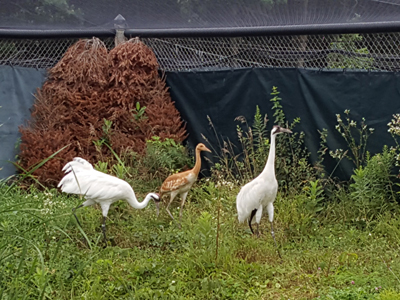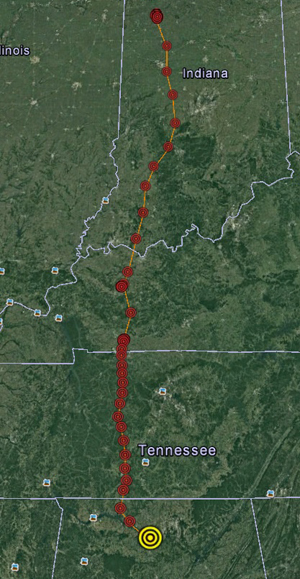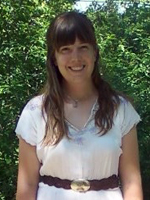
Earlier this year three hatching eggs were placed in the nests of adult Whooping Cranes at our headquarters. The adults, although not the chicks’ biological parents, adopted the newly-hatched young as their own. The three chicks spent the summer with their foster parents, learning how to forage for food and spot predators in the sky – all in preparation for their eventual release to join wild cranes in Wisconsin. We tracked the chicks’ hatching through our annual Egg Score Card, proudly announcing their names – “Zion,” Smoky,” and “Bryce” – with each successful hatch (our naming theme this year is U.S. National Parks in celebration of the Service’s centennial).
This fall two of the three chicks have been released and the third is not far behind. The young cranes are part of a new effort by the Whooping Crane Eastern Partnership to raise chicks by adult cranes for release, with the idea that the chicks will learn more natural behavior from their feathered parents than costumed staff (click here to learn more about parent-rearing). When they are ready for release, the chicks are transferred from our headquarters to sites near existing wild Whooping Cranes. Once released, our goal is for the chicks to associate with the wild cranes and learn their migration route from the adults.
The oldest of the three chicks, Zion, or no. 69-16 (the chicks are given a number for their ID in the wild), was released in Dane County in southern Wisconsin near one of last year’s parent-reared Whooping Cranes, 14-15. The two cranes were seen in the same area off and on throughout October, but were never closely associating. On October 24, 69-16 left on migration with Sandhill Cranes. She stopped at Jasper-Pulaski Fish and Wildlife Area in northwestern Indiana, a major crane migration staging area, and after several days continued on to Wheeler National Wildlife Refuge, an important wintering area for Whooping Cranes in northern Alabama. 69-16 is fitted with a satellite transmitter that tracks her location, so we will continue to monitor her location throughout the fall and winter.

71-16, also known as Smoky, was released near adult Whooping Cranes in Green Lake County, Wisconsin in late September, but in early October, she flew southwest to Marquette County. She has spent most of October and the beginning of November in Marquette County with Sandhill Cranes. She has not yet started migration, but she is being regularly monitored via a satellite transmitter.
The third Whooping Crane chick, 70-16 or Bryce, is still waiting to be released. Shortly before he was scheduled to be released, he hurt his wing. The wing is healing nicely, but we are waiting until it is completely healed before we release him. We hope he will join the wild flock sometime in late November.
In addition to the three chicks hatched at our headquarters, nine other parent-reared Whooping Crane chicks that were hatched at the Patuxent Wildlife Research Center in Maryland were released in Wisconsin this year. This young cohort is joining the reintroduced Eastern Migratory Population and hopefully will contribute to this population’s success, ultimately helping to save this species from extinction!
 Story submitted by Hillary Thompson, International Crane Foundation North American Program Crane Analyst. Click here to learn more about our work in North America.
Story submitted by Hillary Thompson, International Crane Foundation North American Program Crane Analyst. Click here to learn more about our work in North America.
